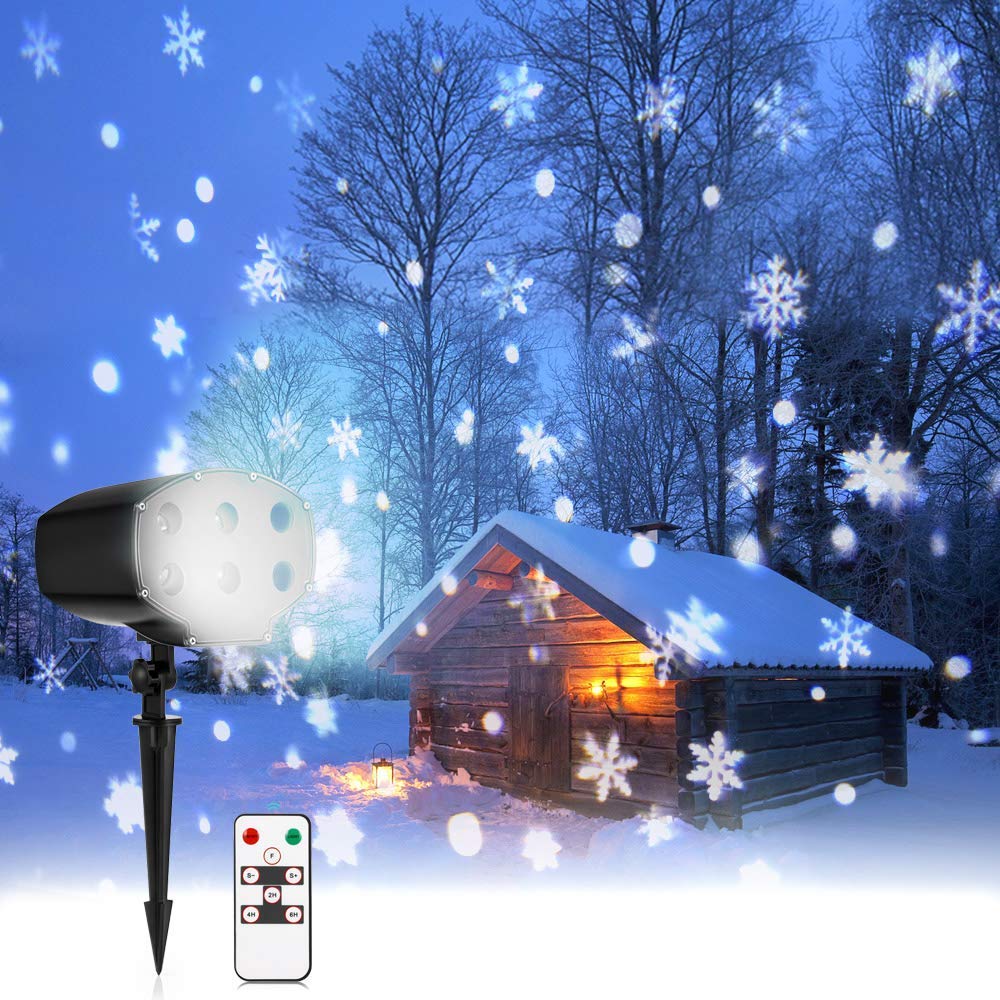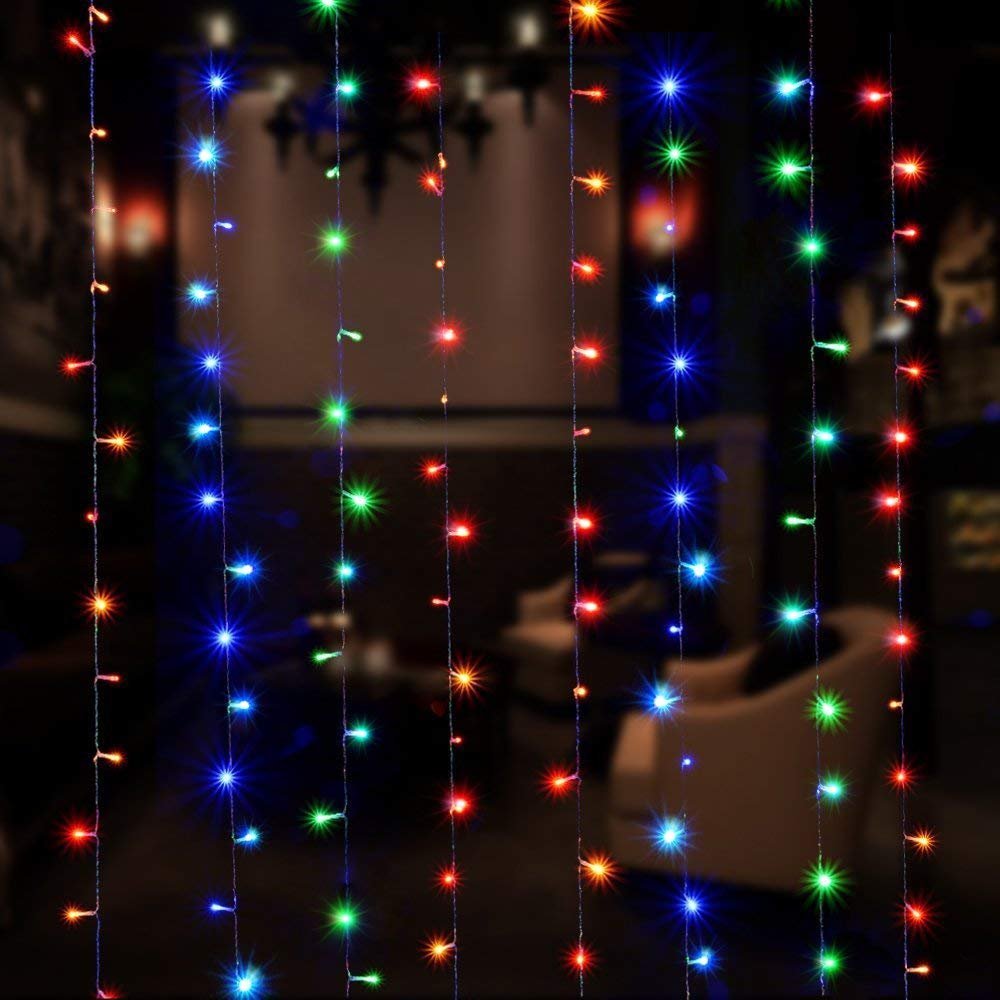When the gross profit of ordinary products is getting lower and the price scuffle makes the manufacturers weak, the development of market segments has become an effective way out. However, some areas are not influxed to “share the cake”, not to mention “how bold people are, how productive the cake is”. Before stepping into these segments, it is better to understand the current status of these segments. “It is easy to get involved, not easy to make money, and cherish.”
Twenty-one, thunder and small rain: smart lighting
The five major market segments become the “fragrant tincture” of the global LED market
The “fire” of intelligent lighting has only “burned” in the past one or two years. As for the extent of the fire, it is “visible” from its “figure” active in major exhibitions, power plants, lighting plants, and even packaging plants. They all use their latest intelligent lighting solutions as exhibition “signboards”.
In terms of manufacturers, international lighting giants such as Philips and GE have launched new smart bulbs in an attempt to create a concept before the market is fully opened. Now when you mention smart bulbs, do n’t you think of Philips Hue? Domestic manufacturers are almost able to call The lighting factory and power supply factory that got their names are all connected with “smart lighting”, and the packaging leader Guoxing Optoelectronics also follows the trend and claims that “the company’s research and development of intelligent lighting has been following up”, even Internet companies like JD.com and Xiaomi have also begun to play “cross-border”.
With so many “entrants”, how big is the cake? No authoritative data has appeared. However, some industry professionals have suggested that “smart lighting belongs to the category of smart homes, and smart homes are considered to be a market that is equivalent to or even surpasses smart phones in the future.” Nevertheless, those who have already eaten this “cake” can be said to be Minimal. The reason is that the industry believes that “price” is the main factor. A set of “1699” Philips Hue can only be bought by local tyrants. Of course, there are also “cheap goods” ranging from tens to hundreds of yuan, but the experience is very poor. Look at the “bad reviews” on JD. You know.
High prices and poor experience are just one aspect. On the other hand, at present, there is no unified product standard between the various parts of the existing intelligent lighting system, from the control platform, the control protocol to the light source products, and the decentralization and fragmentation of the products are also criticized.
In short, the current intelligent lighting market is “the thunder is loud, the rain is small.” The influx of “entrants” is increasing, and few of them have found gold. Even so, intelligent lighting is still the hottest segment in 2014, and its heat will only increase in the future. Perhaps, entering 2015, this “small rain” area will have a “storm”.
Twenty-two, not what you want to enter: car lighting
The five major market segments become the “fragrant tincture” of the global LED market
In addition to the Nobel Prize in Physics in 2014, LED also won an award. In October 2014, Citigroup Automotive Research Director Itay Michaeli released a report listing five of the most promising development technologies, with LED headlights ranking first.
If this news is not enough to stimulate your nerves, then the following set of data may be more convincing: In 2014, there will be 245,000 sets of LED car headlights in the entire domestic market, and this number will reach 907,500 by 2016 Set to achieve more than triple the growth. And automotive taillights with LED functions are more widely used. Hella predicts that from 2013-2019, the market share of LED headlights will increase from 1% to 10%.
Even though the market potential is so huge, there are not many domestic manufacturers involved in automotive lighting at present. Hongli Optoelectronics has invested in Fuda Signals to lay out the automotive lighting field and Ruifeng Optoelectronics has produced and sold automotive LED devices. BYD this year began to launch headlight solutions. Solution, the car lamp factory Xingyu shares frequently in the field of LED lights. Perhaps this is the case. Shellett, a traditional lighting manufacturer, also has a stake in Yike Optoelectronics in order to get a share.
In sharp contrast to the smart lighting market’s “share of food”, the automotive lighting market “is not something you can enter.” Although LEDs have been compared in automotive interior applications such as dashboards, backlight switches, car reading lights or head-up display systems, as well as automotive exterior applications such as automotive brake lights, position lights, turn signals, reversing lights, and high-level brake lights. Mature, the technical barrier to entry is not particularly high, but as LED lighting manufacturers want to enter the “automotive” supply chain is indeed “difficult to get green.” Insufficient understanding of the requirements of the international standard system, the lack of enterprise development and production standard systems, and inadequate experimental equipment configuration also hinder LED lighting companies from “getting involved” in the automotive LED field.
Thirty-three, ungrounded air: plant lighting
The hot zone of “Plant Factory” has heated up the application of LED in the field of agricultural lighting. GE, Siemens, Philips and other major overseas lighting manufacturers are investing heavily in plant lighting. Taiwanese factory Everlight Lighting has also been involved. The domestic packaging factory Hongli Optoelectronics has also been committed to research and development of plant lighting related products. Some small and medium enterprises such as Shenzhen Wright Technology, Wilson Electronics, and Ruipu Lighting are also focusing on the research and development of LED plant lighting, and even the mainland epitaxial chip bosses have not given up the layout of plant lighting.
From the global market, the sales market of LED plant lights is mainly concentrated in Japan, South Korea, the United States, Europe and other countries and regions with fewer agricultural personnel. At present, there are many LED plant factories abroad, which can realize the batch production of plants.
According to an industry survey in the global field, the global LED plant growth lamp output value has begun to show rapid growth since 2013. It is expected to exceed $ 35 million in 2014, and is expected to reach $ 300 million in 2017.
The market seems to be there. The industry believes that the technical difficulty of LED plant lighting is not high, but the lack of comprehensive talents who understand biological cultivation knowledge and LED technology. On the other hand, the high initial investment and the price of LED plant lighting products are also relatively expensive, which has restricted the large-scale promotion of the market to a certain extent. High-end products such as cannabis and mustard can also be repaid from the profit of the product, but if a Chinese cabbage cultivated by LED lighting sells for more than 40 yuan, how broad can the market be?
- More porridges and fewer monks but higher threshold: Flash LED
From Sony Ericsson, the first mobile phone manufacturer to use LED flashes, to Apple-based and Samsung-based mobile phones in the hot market, LED flashes have become the basic standard, which has once again stimulated the LED flash market.
How big is the LED flash market? And look at the data. According to the LEDinside survey report, the number of global smartphone shipments will exceed 1 billion units by 2014, and it is estimated that each smartphone is equipped with 1-2 Flash LEDs, which will lead to a substantial increase in shipments. It is estimated that the annual output value of Flash LED in 2014 is about 786 million US dollars, a year-on-year increase of 64%. Looking forward to 2018, global Flash LED shipments are expected to reach 2.043 billion, and the overall Flash LED revenue / production value will also grow from US $ 561 million in 2013 to challenge US $ 759 million in 2018.
Unfortunately, this “cake” is currently dominated by Philips Lumileds. OSRAM and Everlight share the market segment. Samsung mainly supplies its own mobile phone brands, while mainland packaging companies have not yet successfully entered the mobile phone manufacturers’ market. supply chain.
Now everyone has seen this piece of cake, naturally they want to take a piece of it. Jufei Optoelectronics, Hongli Optoelectronics, Ruifeng Optoelectronics, Jingneng Optoelectronics, and Jinko Electronics have all been involved in the production of Flash LEDs. Hongli Optoelectronics’s package-free products 2016 have been sent to the mobile phone factory’s accessory suppliers and can reach the volume Production, Jufei Optoelectronics-related products have also been sent samples, is expected to reach mass production in the first quarter of 2015.
Even though domestic packaging manufacturers, as latecomers, want to enter Flash LED into the mobile phone supply chain, they face difficulties such as technical bottlenecks and high market barriers, but as long as the market space is there, it is only a matter of time to eat this “cake” .
Ⅴ. Limited scale and high gross profit: UV LED
UV-LED can be used in agriculture, bill recognition, resin hardening, special biomedicine and other fields, and the market prospect is promising.
According to LED inside statistics, the overall UV (ultraviolet) market size in 2014 reached 815 million US dollars (equivalent to approximately RMB 5.012 billion), of which the UV LED output value was 122 million US dollars (equivalent to approximately RMB 750 million), which accounted for the overall UV market rate. 15%.
盈 Wu Yingjie, research associate of LEDinside, said that compared to general LEDs, the unit price of UV LED products is tens of times higher, so despite the limited market size, it still attracts a lot of LED manufacturers to develop. Major UV LED manufacturers include Japanese manufacturers Nichia Chemicals and DOWA; Korean manufacturers Seoul Semiconductor and LG Innotek; Taiwanese manufacturers Jingdian, Optoelectronics and Advantech, and European and American manufacturers HexaTech and Crystal IS. As for mainland manufacturers, Hongli Optoelectronics and Qingdao Jiesheng reached a strategic cooperation agreement in June, and the two parties will jointly develop the deep ultraviolet UV-LED (wavelength between 260-320nm) market in the future.
UV LED product specifications can be divided into UV-A (long-wave ultraviolet, 320 ~ 400nm), UV-B (medium-wave ultraviolet 280-320nm), and UV-C (short-wave ultraviolet 280nm or less) according to the wavelength, of which UV-A occupies The largest market share, up to 90% market share. Wu Yingjie said that the current UV-A market’s largest application is UV curing, accounting for more than half of the market applications, including ink printing, resin curing and the rise of 3D printing, etc., the application is quite wide. In addition, UV-A also introduces commercial lighting, which can make white clothes look whiter. Although the global printed circuit board (PCB) exposure machine still uses the traditional mercury lamp light source, but under the consideration of energy saving and technological upgrading, UV LED has gradually entered the secondary replacement market, and the future market potential is quite huge.









